Table of Contents
- Types of Yoga and Their Health Benefits
- Vinyasa Yoga
- Hatha Yoga
- Iyengar Yoga
- Kundalini Yoga
- Ashtanga Yoga
- Bikram Yoga
- Yin Yoga
- Restorative Yoga
- Prenatal Yoga
- Anusara Yoga
- Jivamukti Yoga
- Sivananda Yoga
- Aerial Yoga
- Karma Yoga
- Jnana Yoga
- Raja Yoga
- Bhakti Yoga
- Face Yoga
- Yang Yoga
- Power Yoga
- Goat Yoga
- Acro Yoga
- Benefits of Yoga
- How to Practice Each Type of Yoga
- Frequently Asked Questions about Yoga
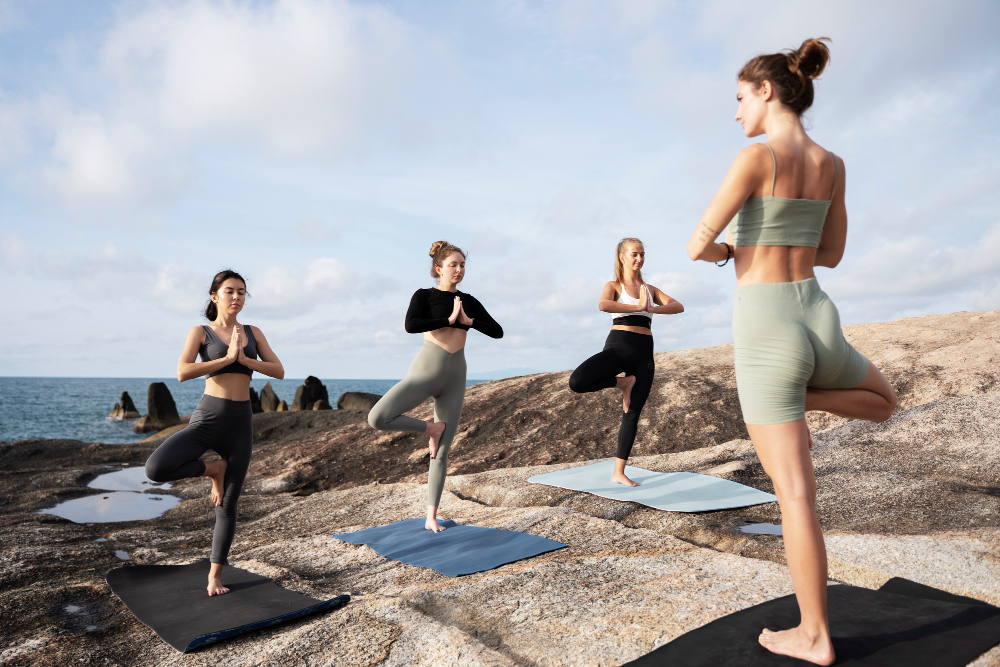
Types of Yoga and Their Health Benefits
Types of Yoga and Their Health Benefits are described here by us.Many of us want to discover the key to inner peace and wellbeing. Finding equilibrium and tranquilly might sometimes seem like an unreachable objective in our fast-paced world. But worry not, since yoga is a discipline that has been used for millennia to help people find peace.
Yoga, which has its roots in ancient India, has many advantages for the mind, body, and soul. As more people become aware of yoga’s transforming potential, it has grown in popularity. Yoga offers several benefits, including muscular strengthening, increased flexibility, and a boost to mental clarity.
In this blog article, we’ll dig into the alluring world of yoga, looking at its many variations and learning about each one’s special health advantages. We have you covered whether you’re a novice or an experienced yogi trying to improve your knowledge of various forms or seeking treatment from certain medical issues. So spread out your mat and come along with us on this fascinating yoga trip to inner peace!
Vinyasa Yoga
A dynamic and fluid form of yoga called vinyasa synchronises movement with breath. It is frequently compared to a dance-like practise where the positions flow into one another. The goal of vinyasa yoga is to move in a fluid, continuous flow that increases strength, flexibility, and endurance.
Vinyasa yoga places a strong focus on coordinating breath with movement, which is one of its main characteristics. While working through the sequence, practitioners may increase their breath awareness because each position in this practise is done on an inhale or an exhale. This improves the practice’s physical advantages while also adding a sense of attention and presence. Vinyasa yoga offers a revitalising approach to create balance and inner harmony in your life, whether you’re new to yoga or an experienced practitioner searching for a more dynamic experience.

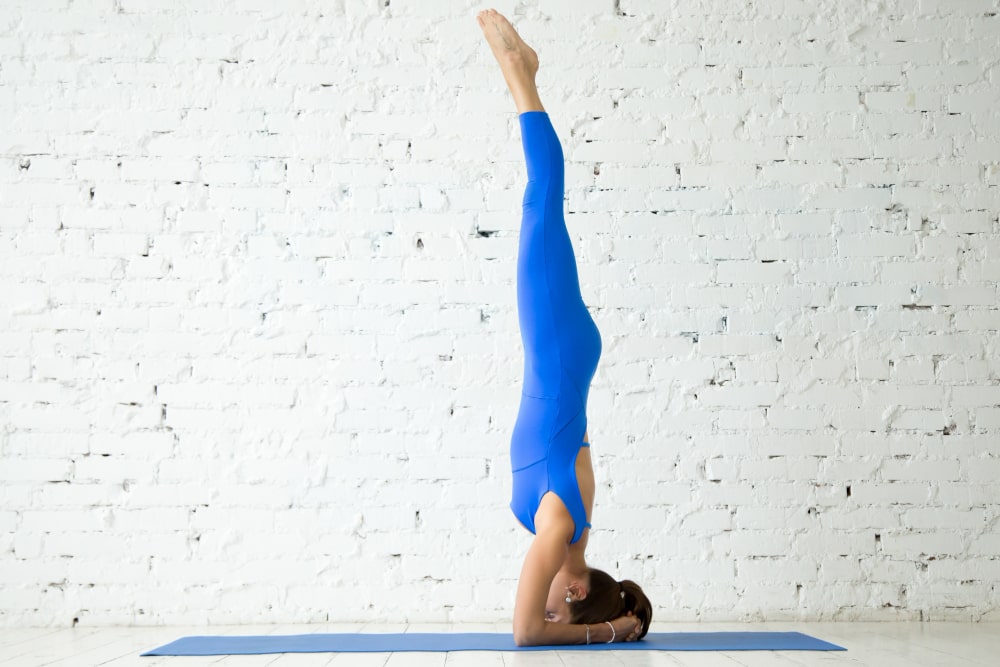
Hatha Yoga
One of the most widely practised types of yoga is called hatha yoga. It emphasises breath regulation (pranayama) and physical postures (asanas). The goal of Hatha Yoga is to achieve harmony and balance in the body and mind.
Hatha yoga includes holding postures for extended periods of time to increase flexibility and strength. Deep breathing exercises are also a part of it; they aid in stress reduction and mental calmness. Many individuals discover Hatha Yoga to be a mild yet efficient method of enhancing their general wellbeing. It might be a fantastic option for people who are new to yoga or desire a more laid-back style of practise.

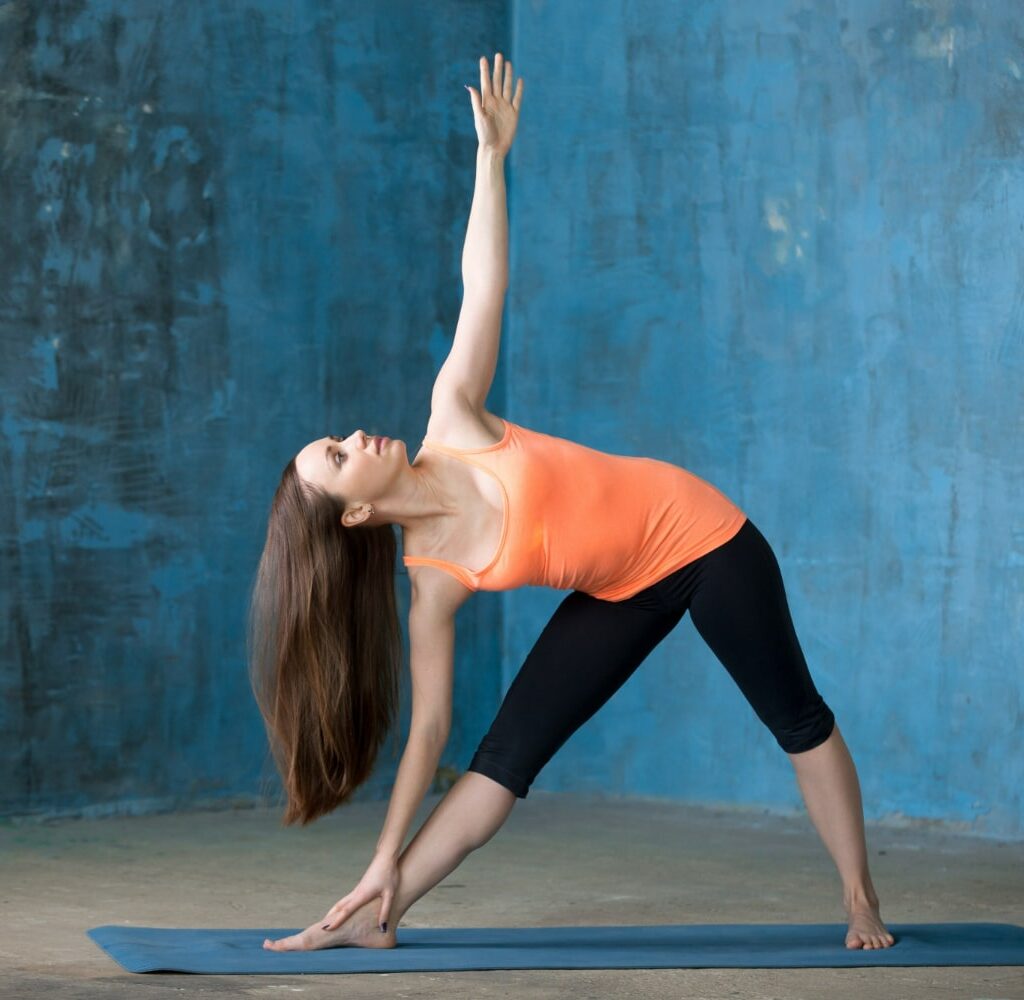
Iyengar Yoga
Iyengar Yoga is a type of yoga that places emphasis on each pose’s accuracy and alignment. named after the company’s founder B.
K.
S. Iyengar, this method places a focus on the use of accessories like blocks, straps, and blankets to support and alter postures for practitioners of all skill levels.
Iyengar Yoga instructors lead students through a sequence of postures while providing clear instructions on how to position their bodies correctly. In addition to assisting in injury prevention, the emphasis on alignment enables practitioners to get a deeper understanding of their body’s capabilities and limits. Iyengar yoga encourages relaxation and mental clarity while also enhancing flexibility, strength, balance, and posture with regular practise.
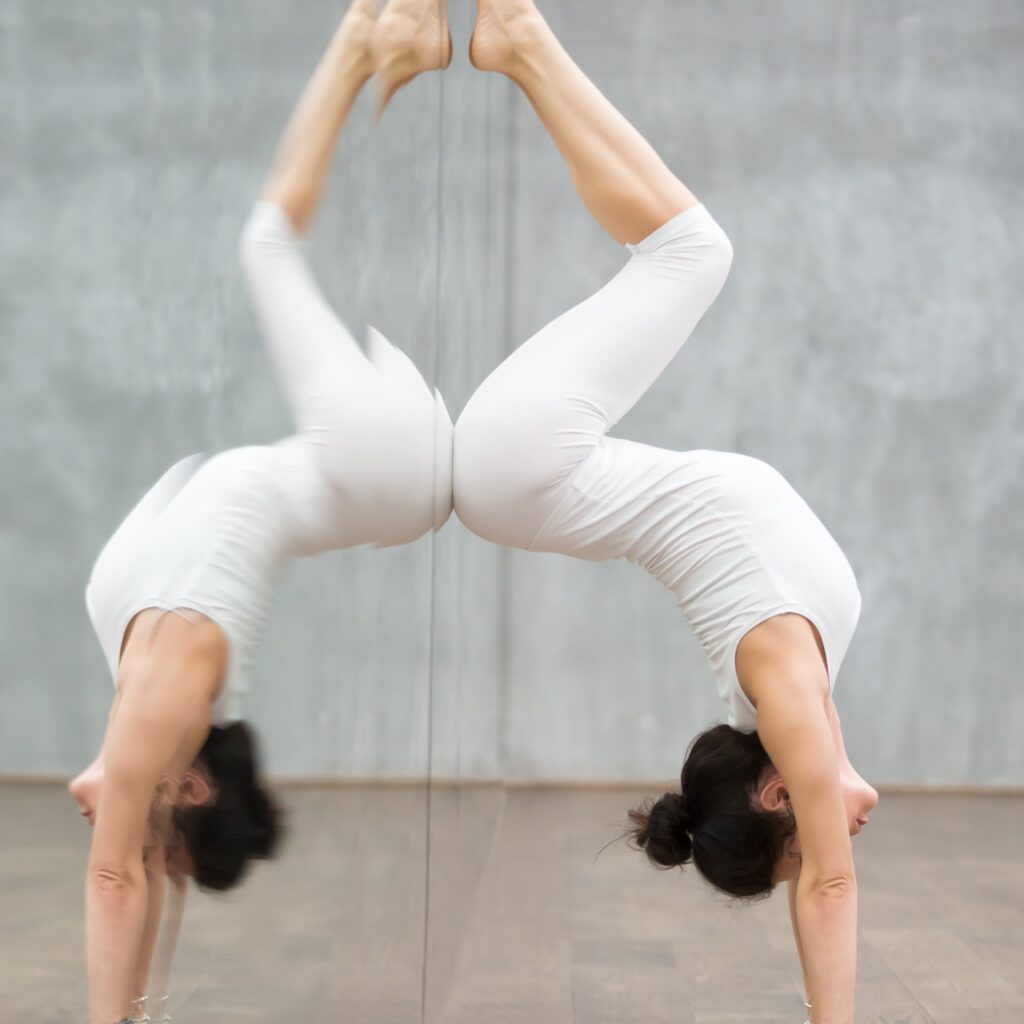
Kundalini Yoga
The powerful practise of Kundalini Yoga, often known as the “yoga of awareness,” strives to awaken the latent spiritual force inside us. For practitioners, it blends physical poses, breath control, chanting, and meditation to provide a transforming experience.

The emphasis Kundalini Yoga places on energising and balancing the body’s energy centres, or chakras, is one of its distinctive features. Kundalini Yoga helps to unblock obstructions in these energy pathways via certain postures and exercises, enabling life force energy (prana) to flow freely throughout the body. Increased vigour, improved mental clarity, and a stronger sense of connectedness to oneself and others might result from this.
Kundalini Yoga has several physical advantages in addition to its spiritual benefits. Regular practise can enhance cardiovascular health while enhancing flexibility and strength. It has also been demonstrated to lower stress levels and support emotional wellbeing. Kundalini Yoga may hold the secret to realising your greatest potential, whether you’re looking for inner serenity or an energising workout that benefits both mind and body.
Ashtanga Yoga
The energetic and physically demanding yoga style known as Ashtanga focuses on breathing in unison with a series of poses. K. Pattabhi Jois popularised it in the 20th century, and it now has a sizable following all over the world. There are six series in the practise, each with a particular set of postures to increase strength, flexibility, and endurance.
In Ashtanga Yoga, practitioners move smoothly from one position to the next as they flow through the same series of postures in a specific order. This constant motion generates heat within the body, which aids in cleaning and detoxification. Deep breathing exercises called Ujjayi breath are also emphasised in Ashtanga Yoga to assist relax the mind and direct attention inward. With consistent practise, Ashtanga Yoga may raise physical fitness levels while fostering focus and discipline in the mind.

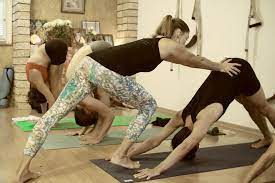
Bikram Yoga
A distinctive kind of yoga that became well-known in the 1970s is called Bikram Yoga. The practise, which bears the name of its creator, Bikram Choudhury, entails a series of 26 poses and two breathing exercises carried out in a heated chamber. The atmosphere is strong and difficult since the temperature is usually set at roughly 105 degrees Fahrenheit.

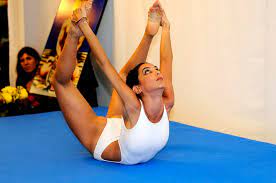
In Bikram Yoga, the heat helps the muscles warm up rapidly, enabling deeper stretches and more flexibility. It can also improve cardiovascular endurance and encourage perspiration, which aids in detoxifying. Additionally, because each position requires significant concentration, practitioners frequently report increased focus and mental clarity. For those wishing to challenge their physical limitations and benefit from this hot practise, Bikram Yoga provides a challenging yet gratifying experience.
Yin Yoga
Yin yoga is a gentle, slow-moving form of exercise that emphasises stretching and relaxation of the body’s deeper connective tissues. In contrast to more energetic styles of yoga, Yin Yoga calls for holding positions for extended amounts of time, usually between 3 and 5 minutes or even more. This exercise method concentrates on the fascia, tendons, ligaments, and joints, which are frequently neglected in other forms of exercise.
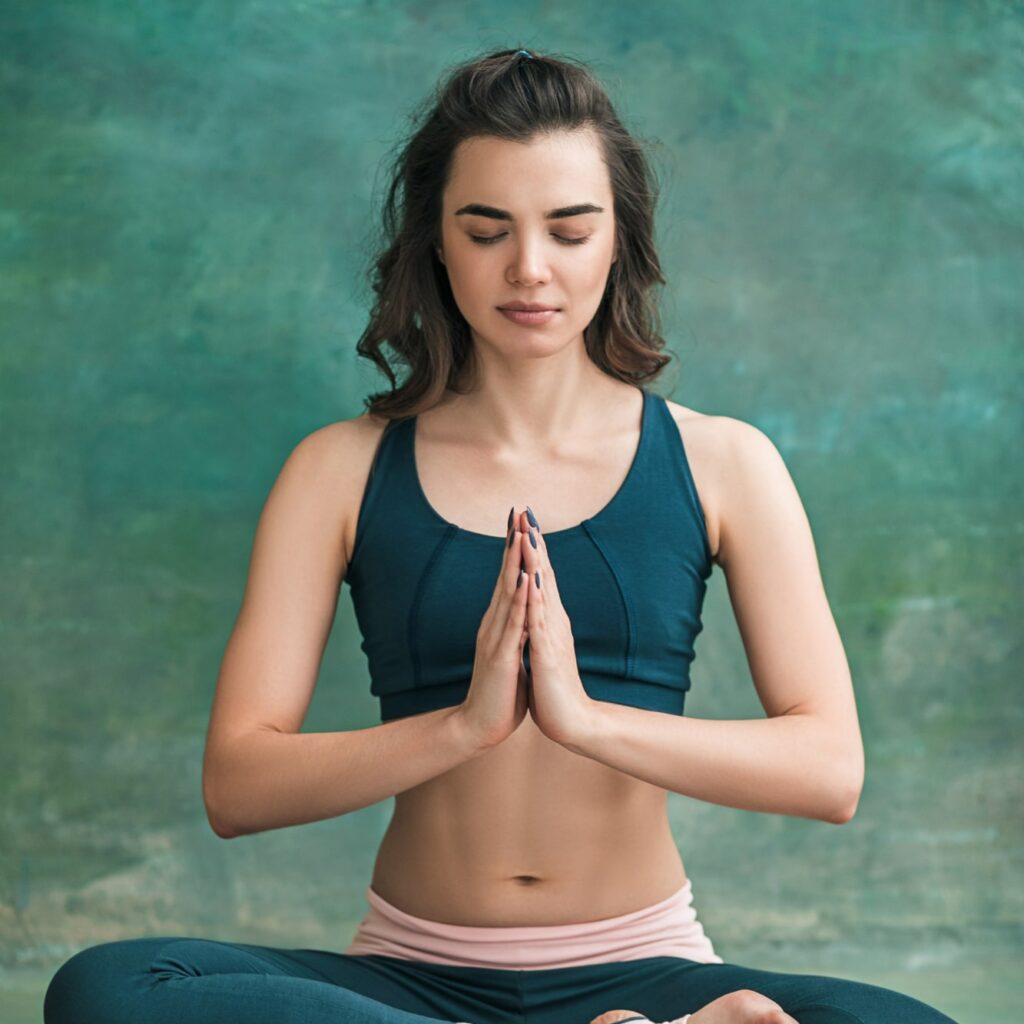
Practitioners can reach deep levels of tension in their bodies by remaining in these positions for a lengthy period of time. This encourages mindfulness and self-awareness while also enhancing flexibility and mobility. In the middle of our hectic lives, Yin Yoga offers us opportunity to calm down and discover tranquilly. For people wishing to reduce stress or balance out high-energy activities like running or weightlifting, it can be very helpful.
Props like blocks or bolsters can improve comfort during Yin Yoga sessions, enabling practitioners to fully relax into each posture without excessively taxing their muscles. No prior experience is necessary, and this practise is ideal for people of all ages and physical levels due to its contemplative aspect. So give Yin Yoga a try if you’re looking for a tranquillizing yet incredibly renewing kind of yoga that feeds both your physical body and inner tranquilly!
Restorative Yoga
Restorative Yoga is a gentle and calming practice that focuses on relaxation and rejuvenation. This type of yoga uses props like blankets, bolsters, and blocks to support the body in various poses, allowing for deep relaxation and release of tension. It is perfect for those who are looking to slow down, restore their energy levels, and find inner peace.
In restorative yoga classes, you can expect to hold each pose for an extended period of time – usually around 5-10 minutes or even longer. The emphasis is on finding comfort in each posture rather than pushing your limits. By holding these supported poses for longer durations, the body can relax deeply and allow for healing at a physical and emotional level. Restorative Yoga promotes stress reduction, improved sleep quality, enhanced flexibility, increased mindfulness, and overall well-being.
Prenatal Yoga

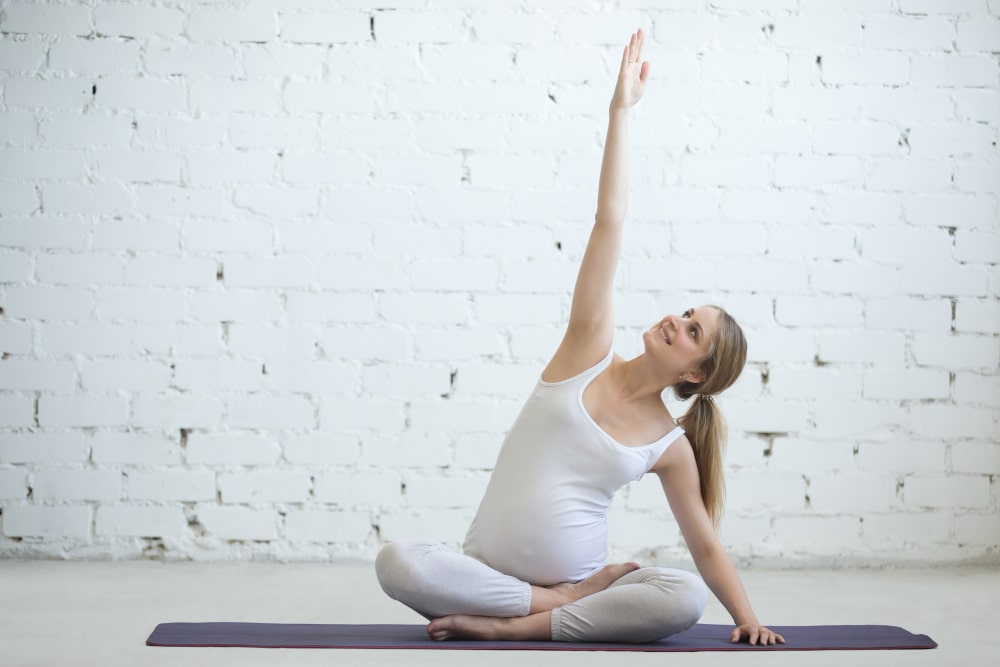
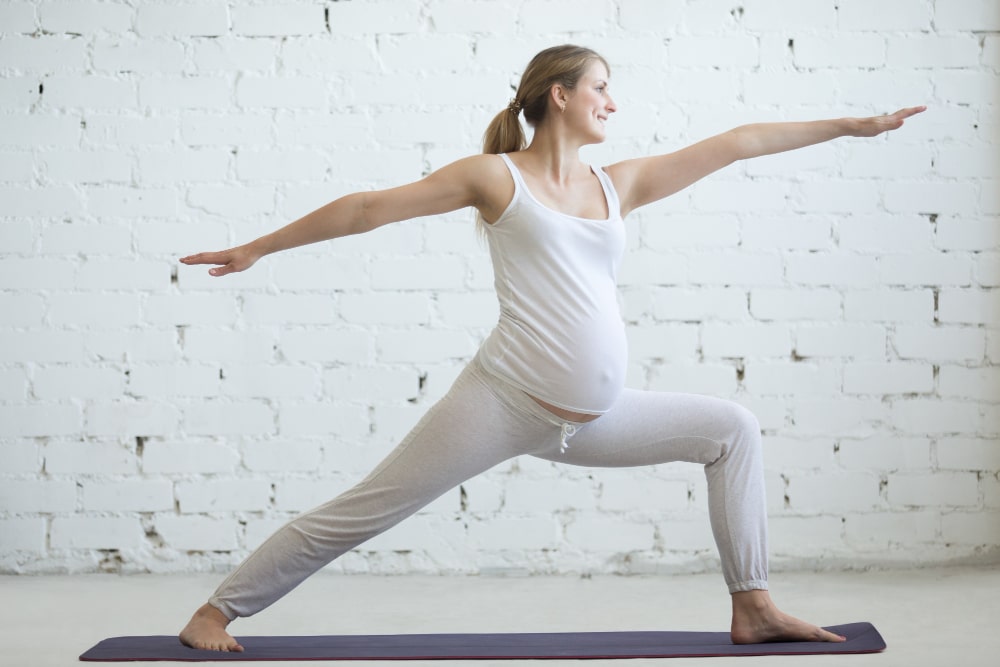
Prenatal yoga is a type of yoga that is specifically designed to meet the needs of pregnant moms. It focuses on soft stretches, breathing exercises, and relaxation methods to ease typical pregnant discomforts.
Enhancing flexibility and strength in preparation for childbirth is one of the main advantages of prenatal yoga. The mild movements and positions can also improve circulation, lessen ankle and leg swelling, and relieve back pain. Additionally, prenatal yoga can improve general wellbeing by lowering stress levels and encouraging tranquilly despite the physical changes taking place within the body.
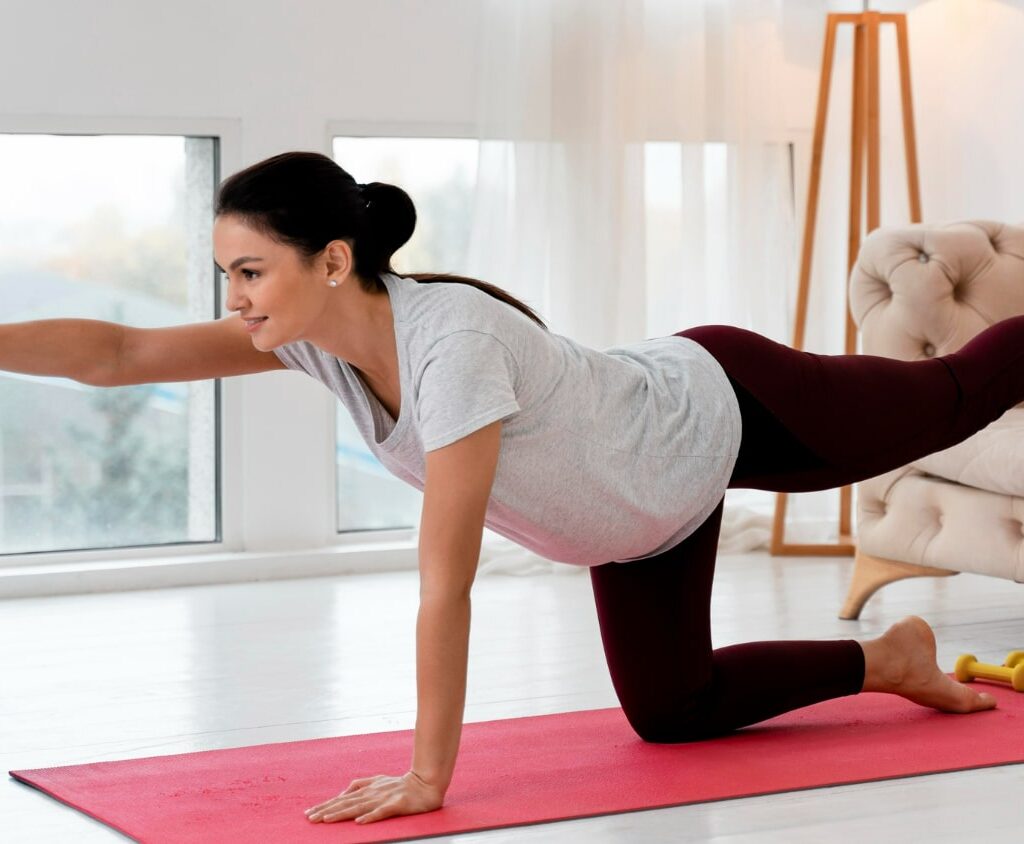

Prenatal yoga gives expectant moms a chance to bond with their growing children by adding mindfulness and deep breathing techniques into each practise.
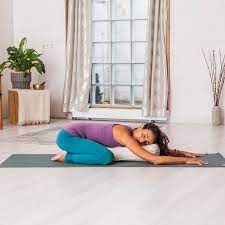
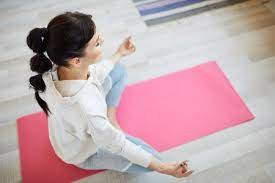
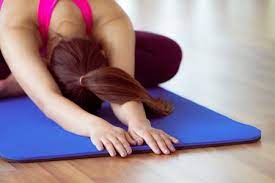
Anusara Yoga
Anusara Yoga is a contemporary kind of yoga that emphasizes mindfulness of the heart and alignment. John Friend started it in the late 1990s, and since then, it has grown in popularity due to its upbeat and happy style of practice. Anusara Yoga encourages its practitioners to appreciate the kindness inside themselves and others, as well as to embrace their unique gifts.
Anusara Yoga integrates a series of postures that flow harmoniously together, enabling practitioners to establish a connection with their breath, body, and soul. This method, which places a strong emphasis on alignment, enhances posture, strength, flexibility, and balance. Practitioners may feel deeply connected to both the outside world and oneself through deliberate movements directed by the wisdom of the heart. Anusara Yoga encourages self-acceptance, thankfulness, and love for both oneself and others, which not only has physical advantages but also emotional healing properties.

Jivamukti Yoga

Jivamukti Yoga blends physical postures, meditation, chanting, and spiritual teachings into a vibrant and demanding form of yoga. It was created in the 1980s by David Life and Sharon Gannon as a means of fusing spiritual awareness and ethical ideals with the physical practice of yoga.
You can anticipate a strong breath-synchronized movement flow, upbeat music, and motivational teachings in Jivamukti Yoga classes. The practice seeks to encourage environmental activism and the development of compassion for all living things. Jivamukti Yoga provides practitioners with an opportunity to enhance their connection to themselves, others, and the environment around them by emphasizing both physicality and spirituality.
Sivananda Yoga
A classical kind of yoga called Sivananda Yoga emphasizes the union of the mind, body, and spirit. Since Swami Sivananda created it in the 20th century, it has grown in popularity all over the world. Five fundamental elements are emphasized in this kind of yoga: proper breathing (pranayama), proper movement (asanas), suitable relaxation (savasana), proper eating (vegetarianism), and positive thought/meditation.
In order to improve their general well-being, students of Sivananda Yoga usually perform a series of mild asanas and concentrate on deepening their breath. The goal of the practice is to foster inner harmony and serenity while improving strength, balance, and flexibility. Along with developing mindfulness and lowering stress, students can also benefit from integrating meditation practices into their practice. Sivananda Yoga provides a wholistic approach to health that enhances the mind, spirit, and physical body.
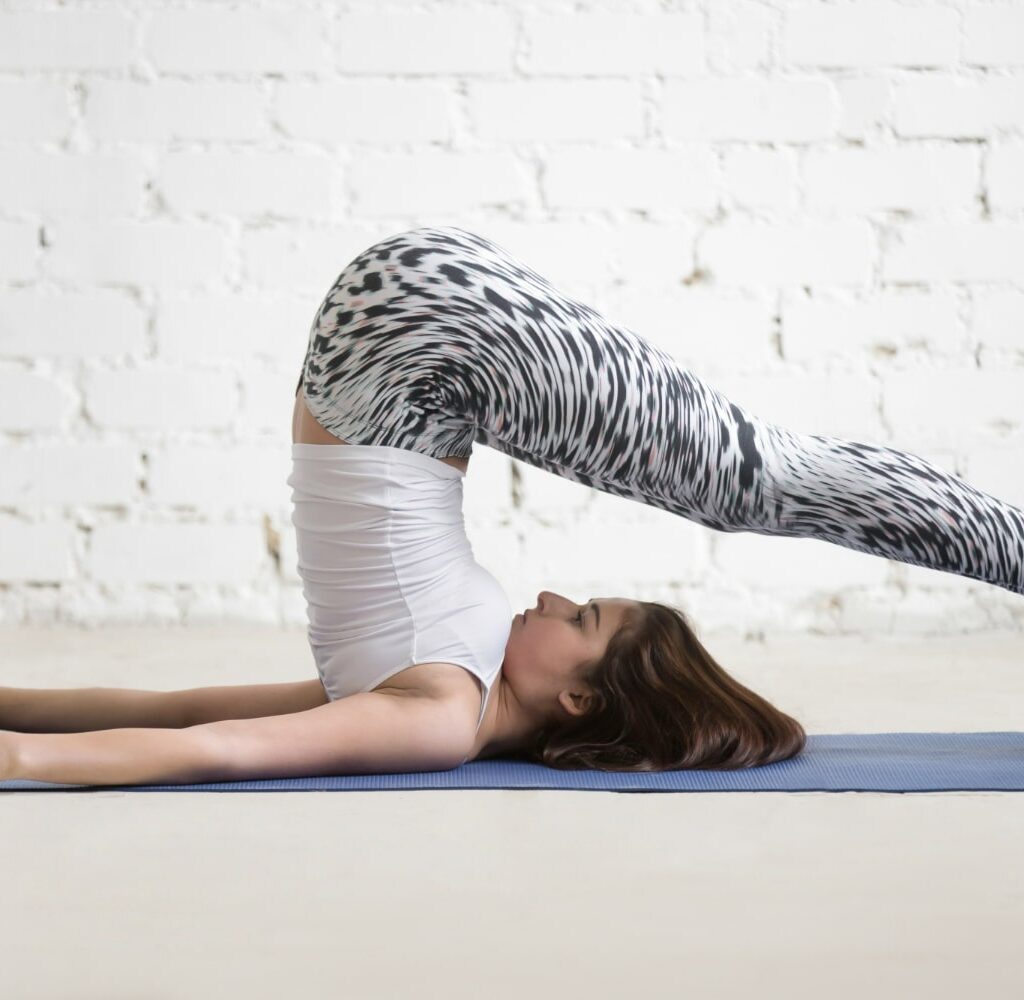
Aerial Yoga


Using a cloth hammock hung from the ceiling, classic yoga poses are combined with the unique and thrilling practice of aerial yoga. Because they can move freely in midair, practitioners of this style of yoga are able to feel as though they are weightless. There are several advantages to aerial yoga, such as increased strength, better flexibility, and better balance. Additionally, it offers the chance to perform deep stretches and inversions that are possibly out of reach in more conventional yoga styles. Aerial yoga can be an enjoyable and useful method to up your fitness regimen, whether you’re wanting to push yourself or just add some excitement to your practice.
To ensure the safety and efficacy of your Aerial Yoga practice, seek for a competent instructor who can walk you through the necessary adjustments and methods. You should adjust the fabric hammock to your desired level of comfort and height. It’s important to pay attention to your body and make necessary modifications when engaging in any physical activity. People of all fitness levels can benefit from aerial yoga, although newcomers should begin with simple postures before moving on to more difficult ones. Try aerial yoga if you’re up for an exhilarating experience that moves your yoga practice off the mat and into the air!
Karma Yoga
Within the yoga tradition, Karma Yoga emphasizes acts of selfless service and nonattachment to the result. In this practice, people make an effort to give their all to the tasks and obligations they have. Karma Yoga is based on the idea that one can achieve spiritual development and freedom through doing good deeds for the benefit of others.
People can develop empathy, selflessness, and compassion by engaging in Karma Yoga. As they fully commit to helping others, they learn to let go of their own desires and expectations. Helped others gain from this technique, but the practitioner also experiences great fulfillment and inner serenity. With Karma Yoga, every deed—whether it’s lending a hand to a stranger or volunteering at a nearby charity—becomes a chance for spiritual development.
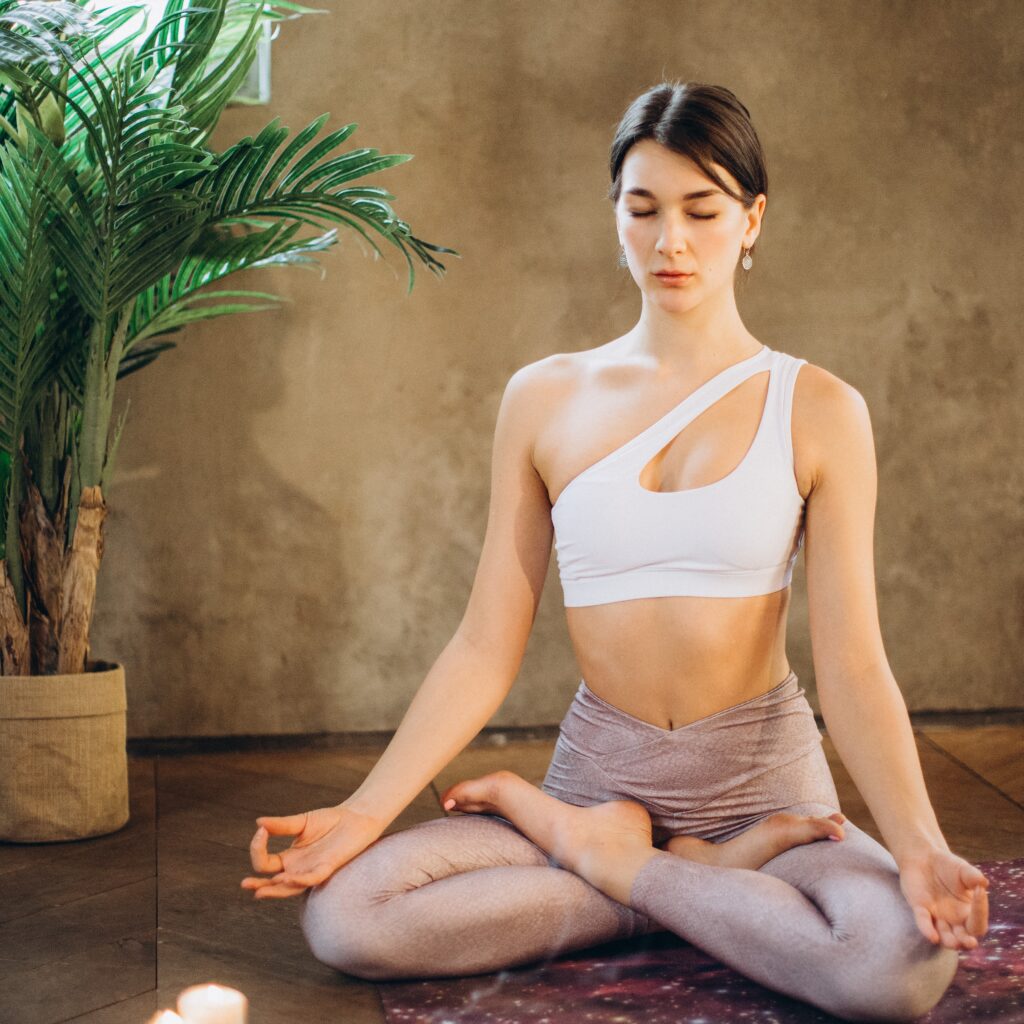
Jnana Yoga
Jnana Yoga is referred to as the wisdom and knowledge route. In order to reach spiritual enlightenment, it entails introspection, study of sacred books, and intense contemplation.
Jnana yoga practitioners examine the nature of reality and their own existence in an attempt to discover their actual nature. They go into philosophical ideas like the illusion of the ego and nonduality. Jnana Yoga practitioners seek to transcend their finite self-perception and unite with the divine consciousness that is the foundation of all creation by continuously challenging and differentiating between what is transient and what is genuine.
Jnana Yogis seek to eliminate ignorance and acquire insight into the ultimate truth via rigorous introspection and intellectual investigation. In order to expand awareness, this kind of yoga necessitates a keen mind, an open mind, and a willingness to question one’s ideas. It is a life-changing technique that guides people toward introspection and self-realization.
Raja Yoga
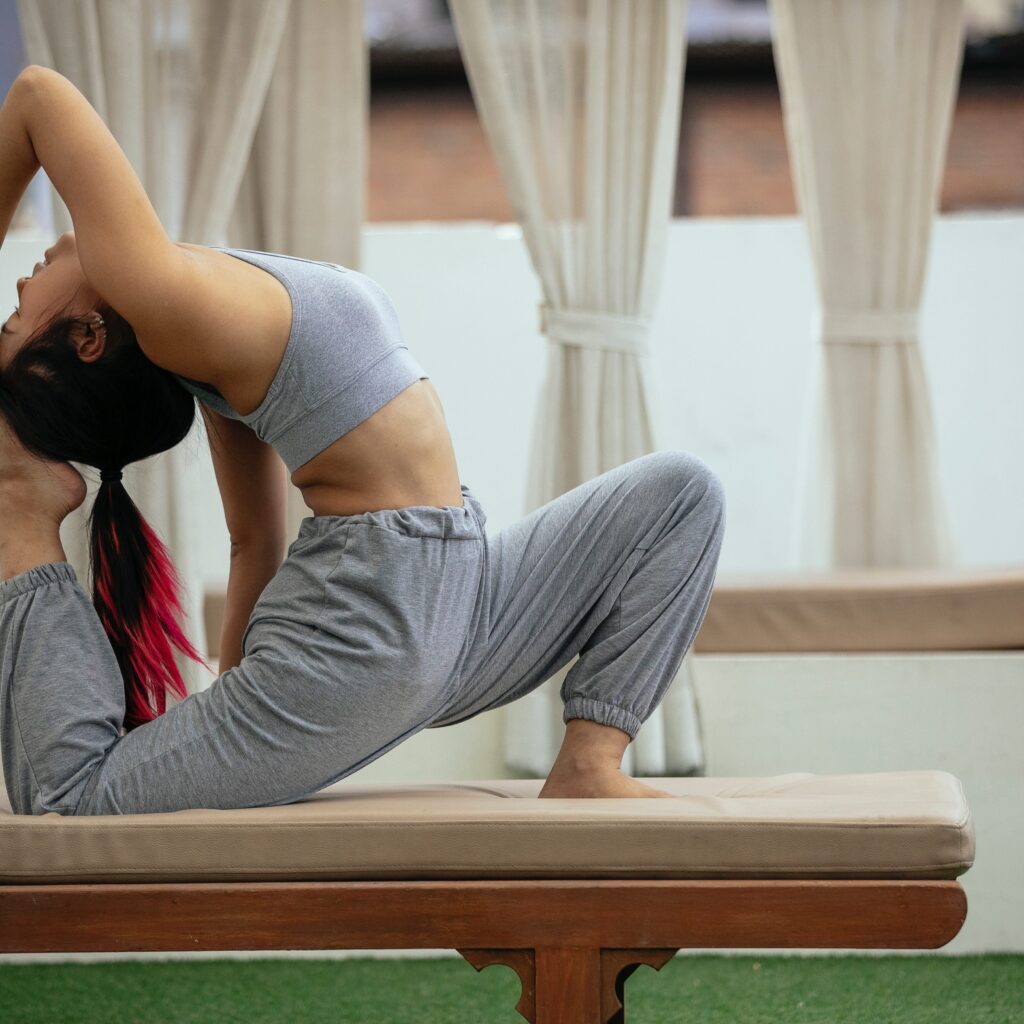
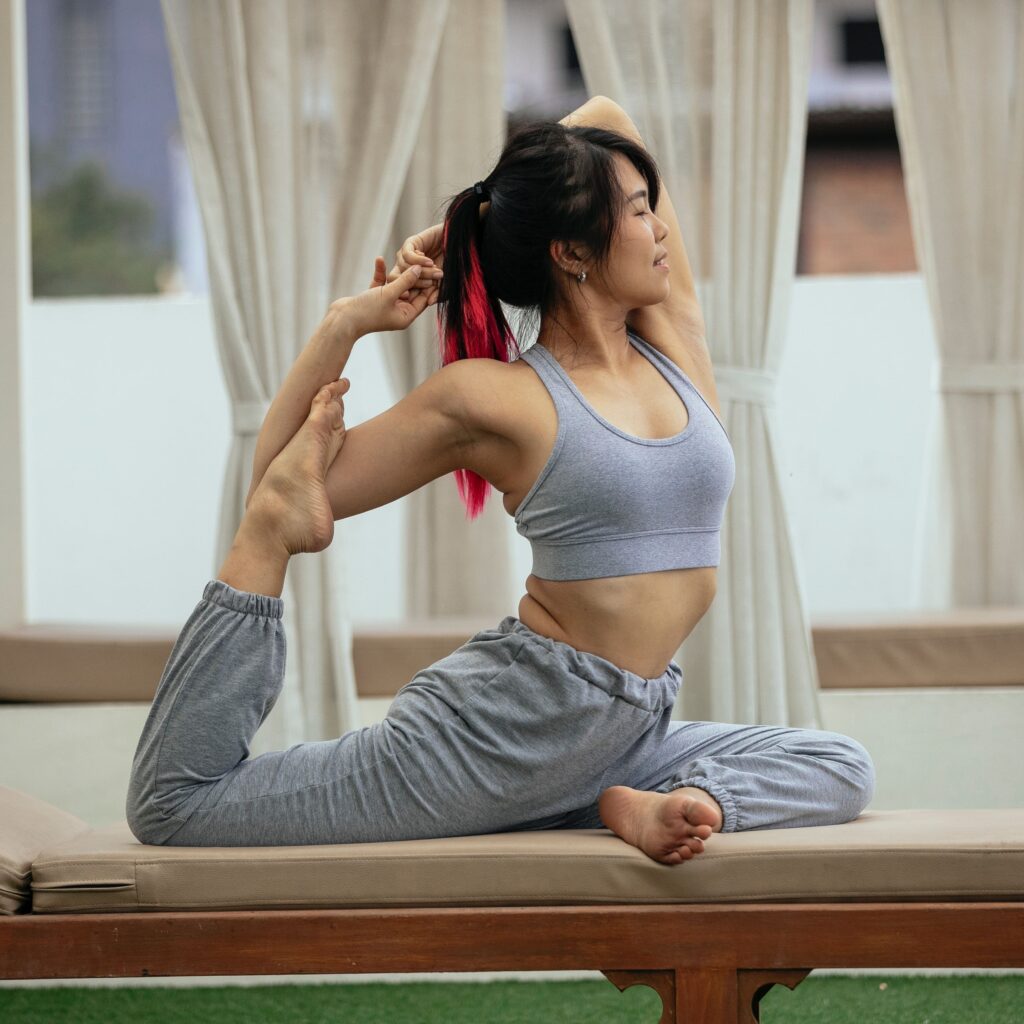
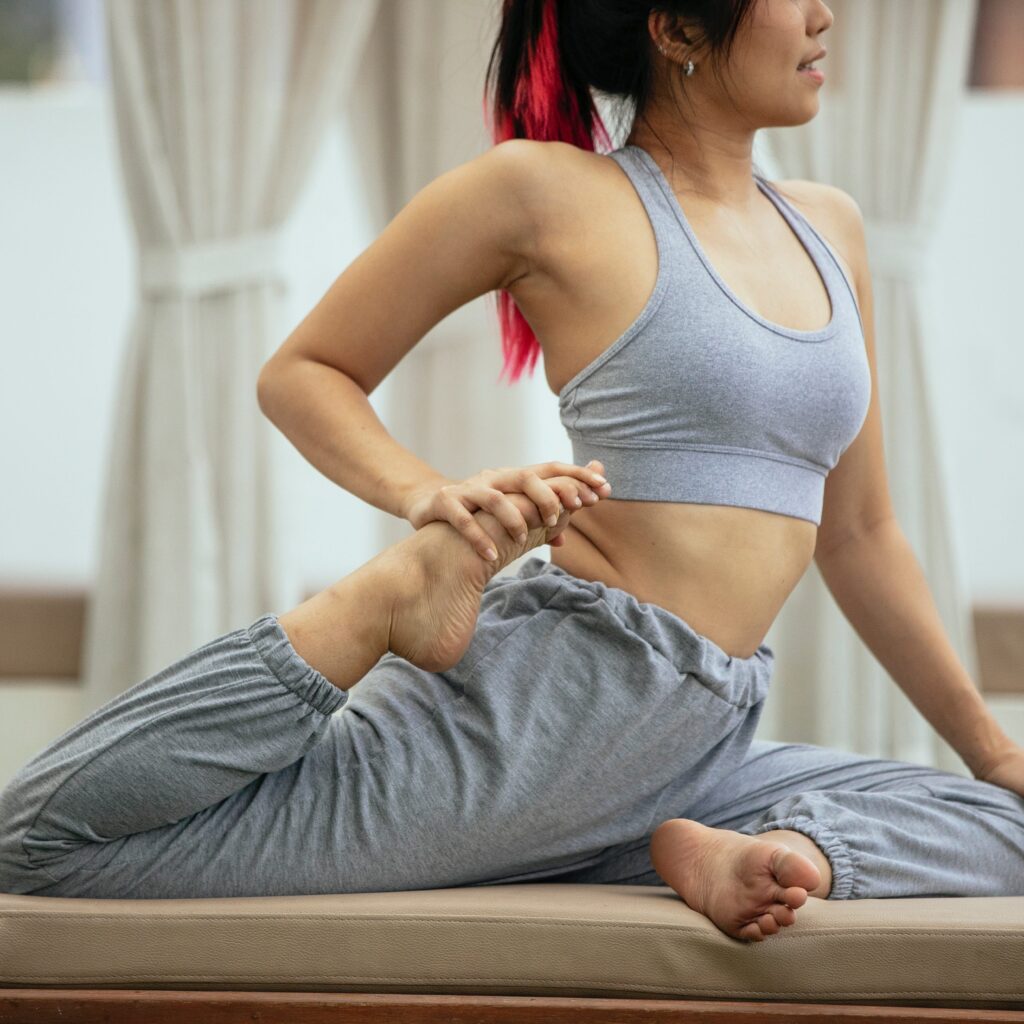
For good reason, Raja Yoga is frequently referred to as the “royal path” of yoga. It aims to promote harmony between body and soul by concentrating on the mind and meditation. Through a variety of approaches, practitioners learn to manage their thoughts and emotions in this practice.
Raja Yoga helps people achieve a profound sense of inner serenity and discipline. Gaining control of one’s thoughts through meditation and focus exercises can result in increased awareness and mental clarity. The Yamas (restraints) and Niyamas (observances), which help practitioners live moral lives, are also incorporated into this kind of yoga.
Many advantages of Raja Yoga include lowered stress levels, sharper focus and attention, more self-awareness, more emotional stability, and a stronger sense of life’s purpose. It is appropriate for anyone who want to learn more about themselves or improve spiritually. People who practice regularly can attain a level of calmness that surpasses the difficulties they face in their daily lives. By using the power of the mind, practicing Raja Yoga enables one to realize their full potential.
Bhakti Yoga
A subset of yoga called bhakti yoga emphasizes submission and devotion. It all comes down to developing love, respect, and adoration for a deity or higher force. The practitioner of Bhakti Yoga does a variety of devotional exercises, including chanting mantras, reciting prayers, and singing bhajans, or devotional songs.
Through sincere dedication, this yoga method enables people to have a close relationship with the divine. Practitioners seek to transcend their own limited self-identity and connect with something higher than themselves through acts of selfless service, prayer, and ego surrender. Bhakti yoga encourages us to embrace unconditional love for both ourselves and other people while letting go of our attachments and desires. It provides a way for us to experience unity with all beings and establish a connection with the divine inside.
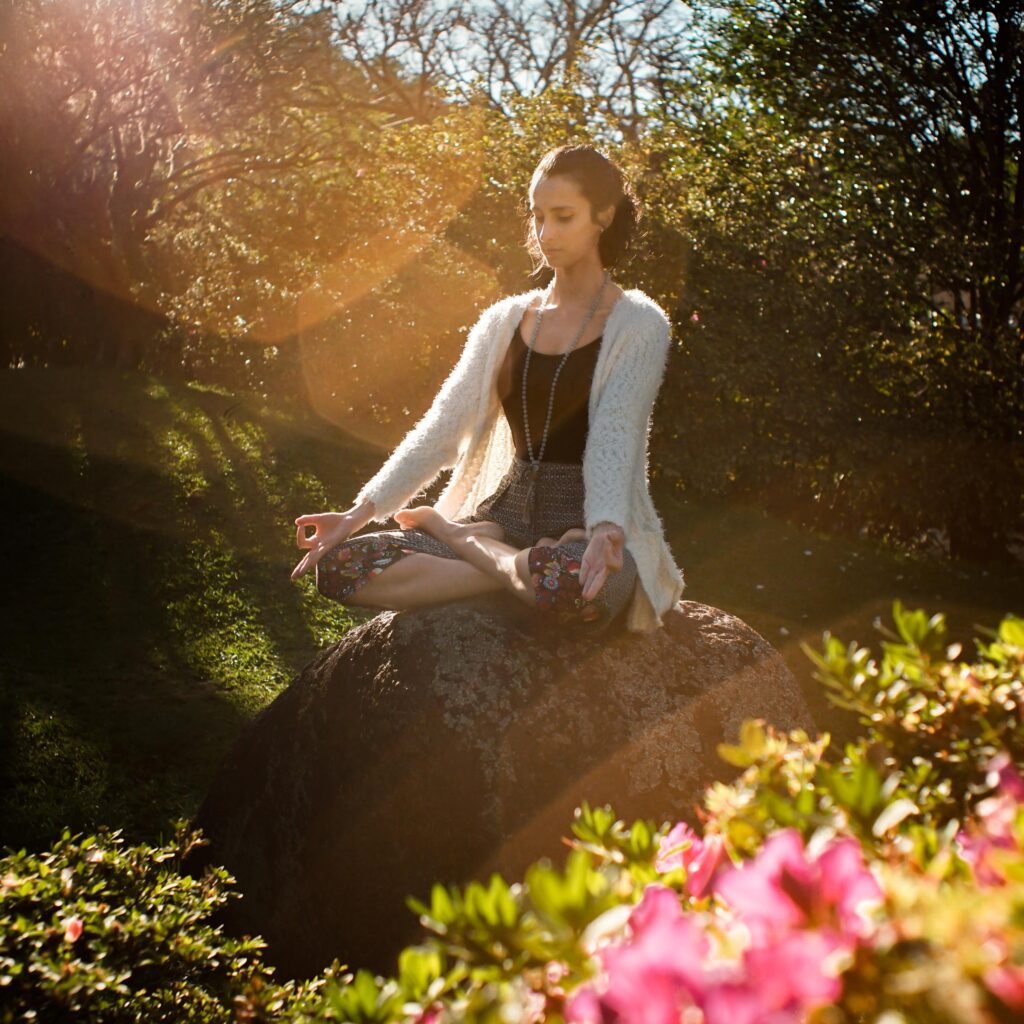
Face Yoga
Improved circulation in the face can lead to a more radiant and even complexion, which is one of the main advantages of Face Yoga. Furthermore, doing Face Yoga on a regular basis can help release tension in the face, minimizing stress lines and encouraging a more carefree appearance. Try Face Yoga if you’re seeking for a natural technique to draw attention to your face features and seem younger!
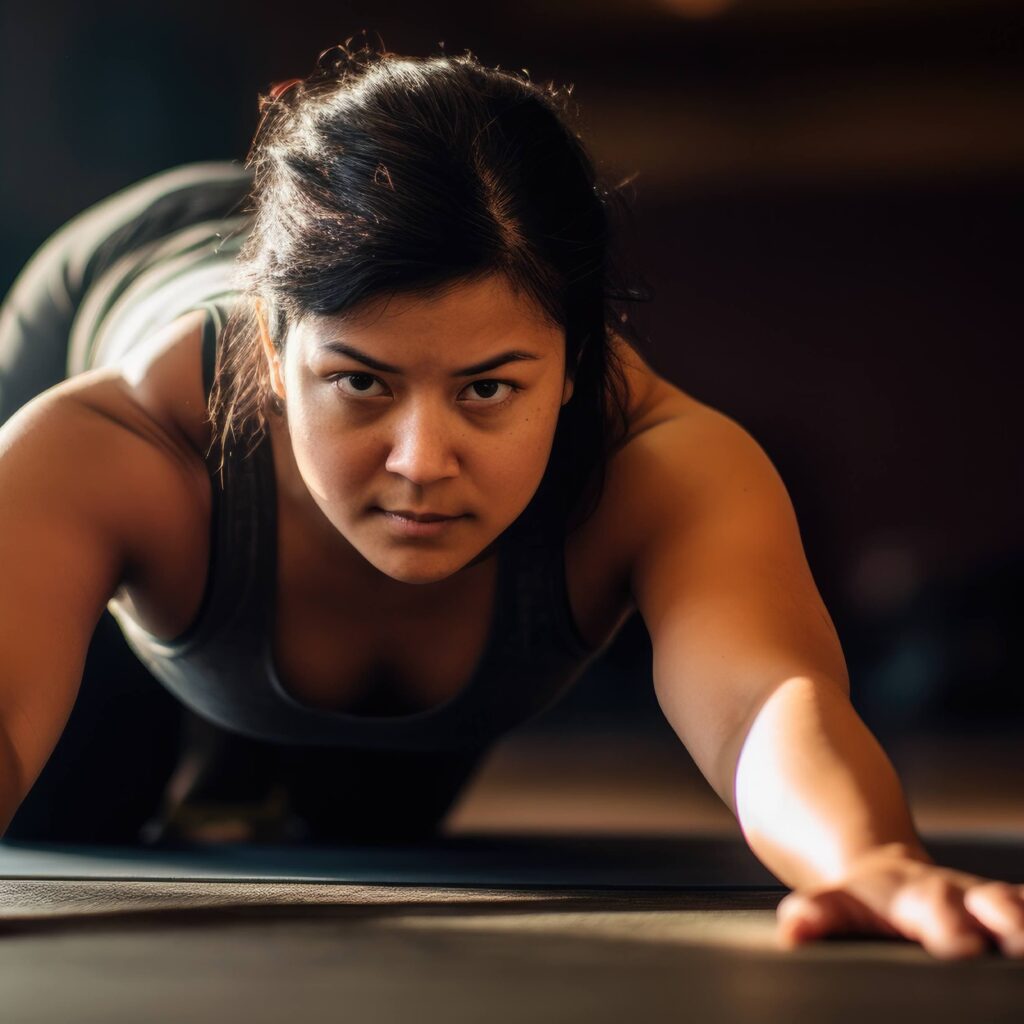
Face Yoga is a special kind of yoga that targets the muscles and skin of the face only. Face Yoga uses a variety of facial exercises and techniques to target wrinkles, tighten and tone the muscles of the face, and encourage general facial rejuvenation.
Yang Yoga
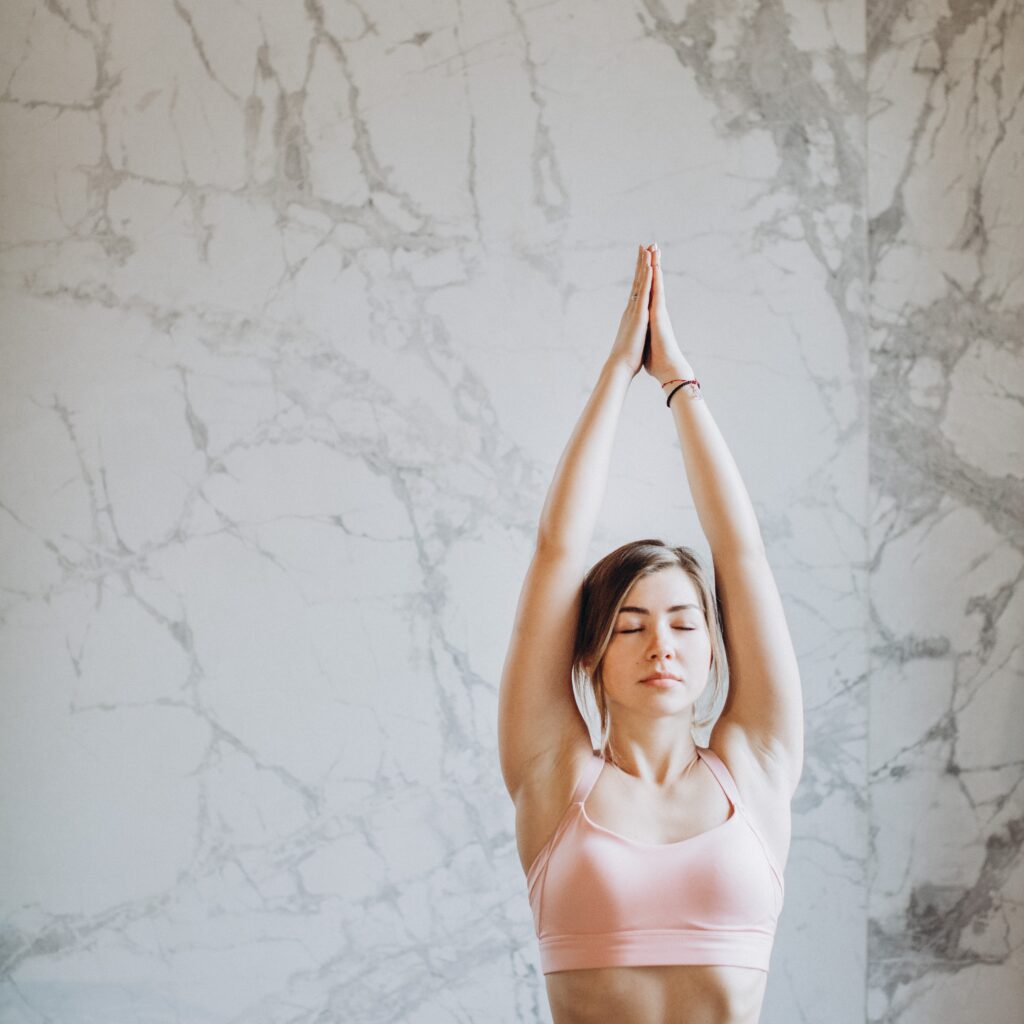
Yang Yoga is an energetic and dynamic kind of yoga that emphasizes increasing flexibility, strength, and endurance. Yang Yoga incorporates more dynamic motions and flowing sequences than its Yin Yoga counterpart, which places more emphasis on passive stretching and relaxation. For anyone who want a more intense, faster-paced workout, this is the ideal option.
The focus of Yang Yoga is on continuously moving the body to generate heat. In addition to toning muscles, this heat promotes detoxification and improved circulation. The practice frequently incorporates difficult postures like arm balances and inversions, giving you the chance to test your limits and develop resilience on the physical and emotional levels. Yang Yoga delivers an energizing experience that leaves you feeling powerful and energized, regardless of your goals for practicing yoga, from increasing your level of fitness to simply adding variation to your practice.
Power Yoga
Strength training techniques and classical yoga poses are combined in Power Yoga, a dynamic and energizing practice. Its main goals are to increase mental clarity, physical endurance, and flexibility. Power Yoga offers a strenuous and energizing workout because the postures are done in a flowing sequence.
For people who want to gain lean muscle mass and burn calories, this type of yoga is ideal. Power Yoga’s fast-paced style raises heart rate and strengthens the heart. Strengthening poses also aid in toning the body and enhancing general physical health. Power Yoga may offer the challenge you need while simultaneously encouraging mindfulness and stress relief, whether you’re an athlete hoping to improve your performance or someone looking for an aggressive workout.


Goat Yoga
Goat yoga could be the ideal option for you if you’re searching for a special and endearing touch on your yoga routine! This popular yoga style has practitioners doing different positions around amusing and amiable goats. It offers many advantages in addition to bringing humor and good times to your practice.
Having these adorable animals around makes the atmosphere happy and stress-free, which facilitates relaxation and winding down throughout your session. Playing with the goats can also help elevate your mood and make you feel happier. Try goat yoga if you’re ready to feel the delight of establishing a completely different kind of connection with nature!

Acro Yoga
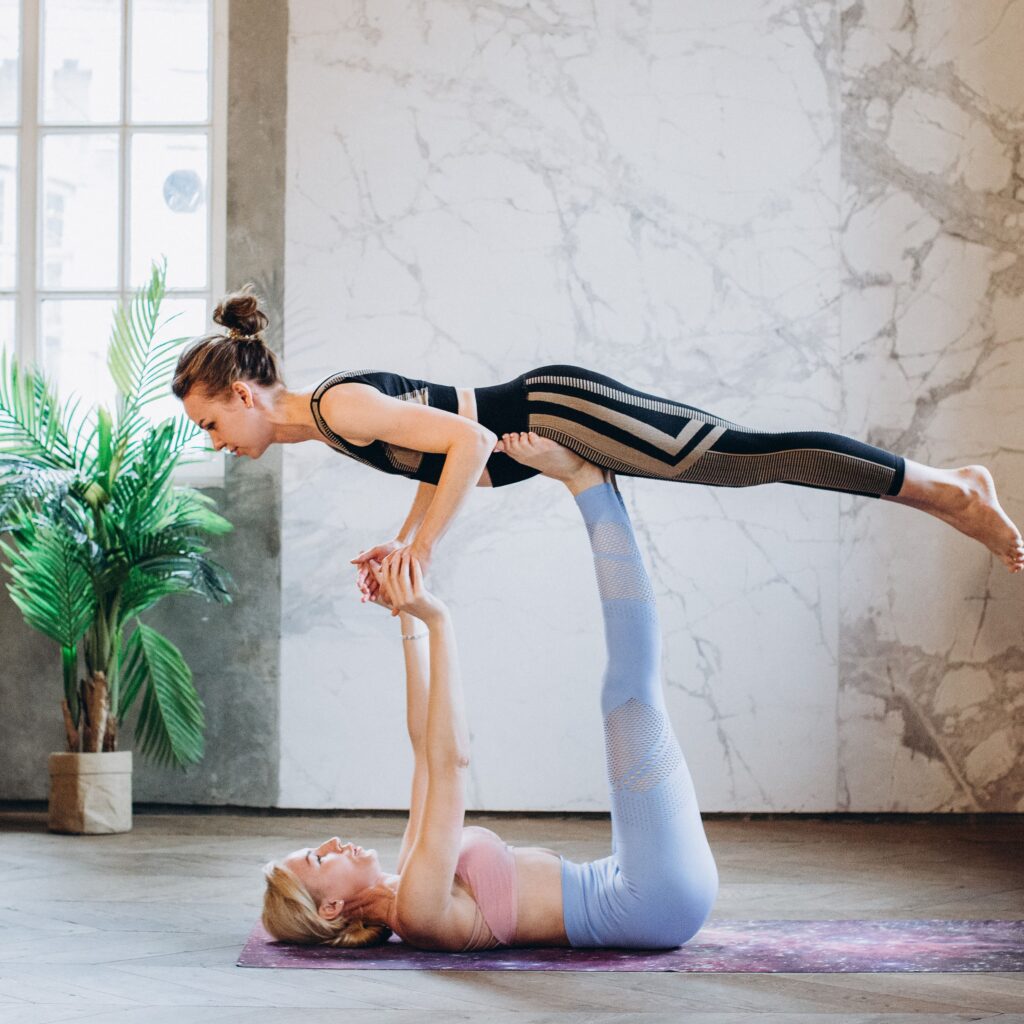
Acro Yoga is a lively and entertaining kind of yoga that blends basic yoga poses with acrobatics. In order to produce flexibility, strength, and balance, two or more people must collaborate. One person serves as the base in acro yoga, and another person executes different positions on top of them. Teamwork, communication, and trust are necessary for the practice.
In addition to testing your physical limits, acro yoga fosters interpersonal connection. Through verbal clues and non-verbal indications, it promotes open communication and teaches you how to rely on one another for support. With this special kind of yoga, you may learn to let go of fear and embrace the exhilaration of flight, taking you on a journey to new heights both literally and figuratively. So give Acro Yoga a try if you’re seeking for a fun approach to improve your yoga practice and strengthen your relationships with others.Above are Types of Yoga and thier health benifits.
Benefits of Yoga
Yoga is a holistic practice that has many advantages for the mind, body, and soul. It is not just a physical workout. The ability of yoga to increase strength and flexibility is one of its main benefits. Regular yoga practice helps to enhance joint range of motion and muscle tone, which facilitates daily movements and lowers the risk of injury.
Yoga is good for your physical and mental health in addition to your physical health. It can assist in lowering stress levels by encouraging mindfulness and relaxation. Yoga promotes deep breathing exercises that quiet the mind and lessen anxiety by triggering the body’s relaxation response. Regular yoga practice also promotes self-awareness, increases mental clarity, and improves focus and concentration. In addition to supporting emotional balance, deliberate breathing and physical movement establish a potent mind-body connection.
How to Practice Each Type of Yoga
Above are Types of Yoga and thier health benifits.It’s critical to realize that every style of yoga has its own distinct methodology and advantages when practicing various forms of the discipline. The following are some fundamental pointers for each form of practice:https://weblifestyle22.blogspot.com/
When practicing Hatha Yoga, concentrate on holding poses longer while breathing deeply and keeping good alignment. It’s a terrific approach to increase strength and flexibility.
In Vinyasa Yoga, the emphasis is on flowing movements synced with breath. With grace and fluidity, flow through the positions, letting your body move in time with your breath.
Ashtanga Yoga follows a prescribed series of poses that are performed in a specified order. Practice dynamic flows while focusing on controlled breathing.
Kundalini Yoga emphasizes energy work through repetitive motions, chanting, meditation, and breathwork. Pay attention to the subtle feelings throughout your body as you tap into your inner energy.
Yin Yoga addresses deep connective tissues by holding passive positions for several minutes at a time. This mildly rigorous but focused exercise promotes awareness and increases flexibility.
Yoga Nidra is a guided meditation where you relax into a condition between wakefulness and sleep. Follow along with an instructor’s voice as you plunge into deep relaxation and self-exploration.
Restorative Yoga focuses on full relaxation using props such as blankets, bolsters, or blocks for support during slow stretches. Surrender yourself totally as you allow your body to regenerate and recover.
Prenatal Yoga offers adjustments for pregnant women by focusing on moderate stretching, strengthening exercises, breathing methods, and relaxation practices specifically designed for their changing bodies.
Anusara Yoga stresses heart-opening postures while aligning the body carefully. Cultivate an attitude of positivity as you appreciate the intrinsic goodness within yourself during this uplifting meditation.
Jivamukti Yoga mixes physical movement with spiritual teachings through powerful vinyasa-style sequences interwoven with music or chanting mantra—expect an exciting experience that feeds both body and soul.https://lifestyleelevate.com/how-can-you-eat-healthy-on-a-budget/
Frequently Asked Questions about Yoga
As we conclude this article on different types of yoga and their benefits, you may still have some questions lingering in your mind. So, let’s address a few frequently asked questions about yoga:
1. Is yoga practiced by anyone?
Of course! No matter your age, degree of flexibility, or level of fitness, yoga is for you. For every posture, there are a number of variations and adaptations to suit different demands.
2. Does practicing yoga need flexibility?
No, practicing yoga does not require flexibility. Actually, over time, increasing flexibility is just one of the many advantages of consistent yoga practice.
3. How frequently ought I to do yoga?
The frequency of your practice is determined by your availability and personal objectives. Aim for two to three workouts each week at the very least to see observable gains in general health, flexibility, and strength.
4. Is it possible to reduce weight by doing yoga?
Although maintaining a healthy weight may not be the major objective of yoga, it can help by encouraging mindful eating practices and lowering stress levels.
5. Is practicing yoga safe whilst expecting?
Classes tailored to pregnancy or maternity might offer safe and helpful modifications of some poses for expectant mothers. It is crucial to speak with your healthcare practitioner prior to beginning any fitness regimen while you are pregnant.
6. Can I practice yoga in different forms?
Of course! Since each type of yoga offers a different experience and set of advantages, many practitioners choose to experiment with them.
When engaging in any physical exercise, including yoga, keep in mind that consistency is essential. If you’re new to the practice, start off slowly but stick with it until you progressively gain strength and experience the benefits on a mental and physical level!
So go ahead and take that style that most appeals to you on an amazing journey! Find the type of yoga that is most effective for your body and mind, whether it is Hatha, Ashtanga, or even Goat or Face yoga (!). Then, accept the changes that yoga can make in your life. https://lifestyleelevate.com/



1 Comment
Your comment is awaiting moderation.
Can you be more specific about the content of your article? After reading it, I still have some doubts. Hope you can help me.
[…] 1. Keep active: Whether you do yoga, run, or go to the gym, find things that make working out fun.https://lifestyleelevate.com/types-of-yoga-and-their-health-benefits/ […]